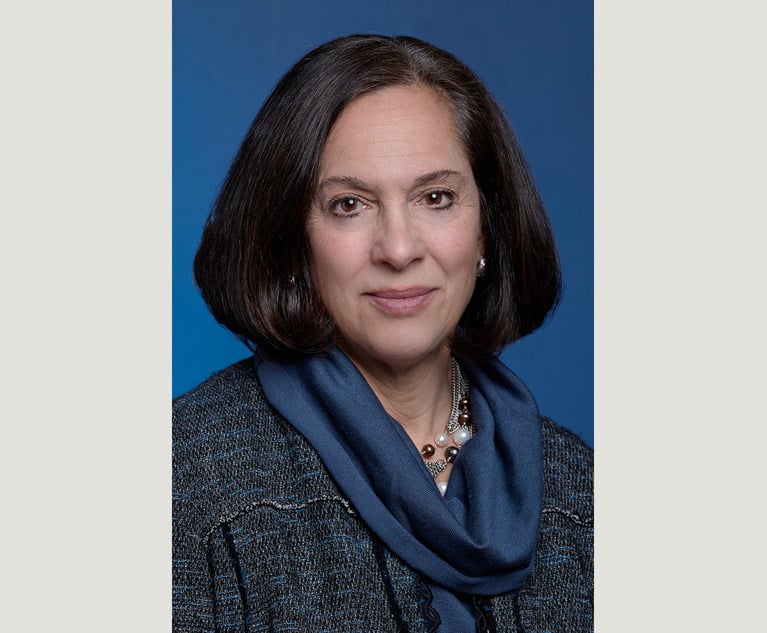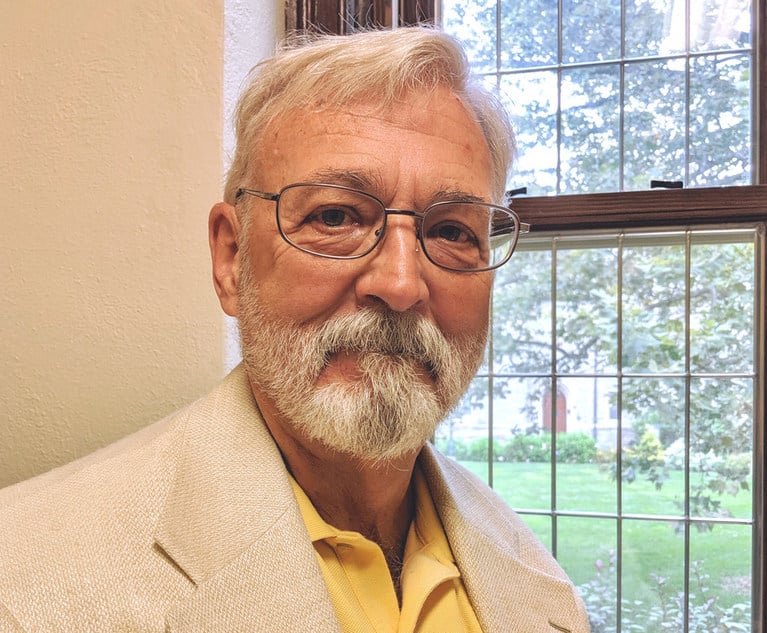When I became Commissioner of the Department of Children and Families in 2011, I learned about the scourge of sex trafficking in Connecticut. I learned there had been more than 300 youth—girls, boys and transgender individuals—in Connecticut who had been identified as victims of sex trafficking.
By working with the legislature to enact C.G.S. sec. 17a-106f, the Department, as part of its statutory mandate, was able to deploy staff, expend resources, provide services and treat victims. By the time I stepped down, there were nearly 1,100 youth whom we had identified, and Connecticut had become a model in identifying and treating youth victims of sex trafficking, even as we continued to face the challenges associated with recognizing and prosecuting those who were complicit in allowing sex trafficking to exist and flourish.
This content has been archived. It is available through our partners, LexisNexis® and Bloomberg Law.
To view this content, please continue to their sites.
Not a Lexis Subscriber?
Subscribe Now
Not a Bloomberg Law Subscriber?
Subscribe Now
LexisNexis® and Bloomberg Law are third party online distributors of the broad collection of current and archived versions of ALM's legal news publications. LexisNexis® and Bloomberg Law customers are able to access and use ALM's content, including content from the National Law Journal, The American Lawyer, Legaltech News, The New York Law Journal, and Corporate Counsel, as well as other sources of legal information.
For questions call 1-877-256-2472 or contact us at [email protected]


 Former Connecticut Supreme Court Justice and DCF Commissioner Joette Katz.
Former Connecticut Supreme Court Justice and DCF Commissioner Joette Katz.




